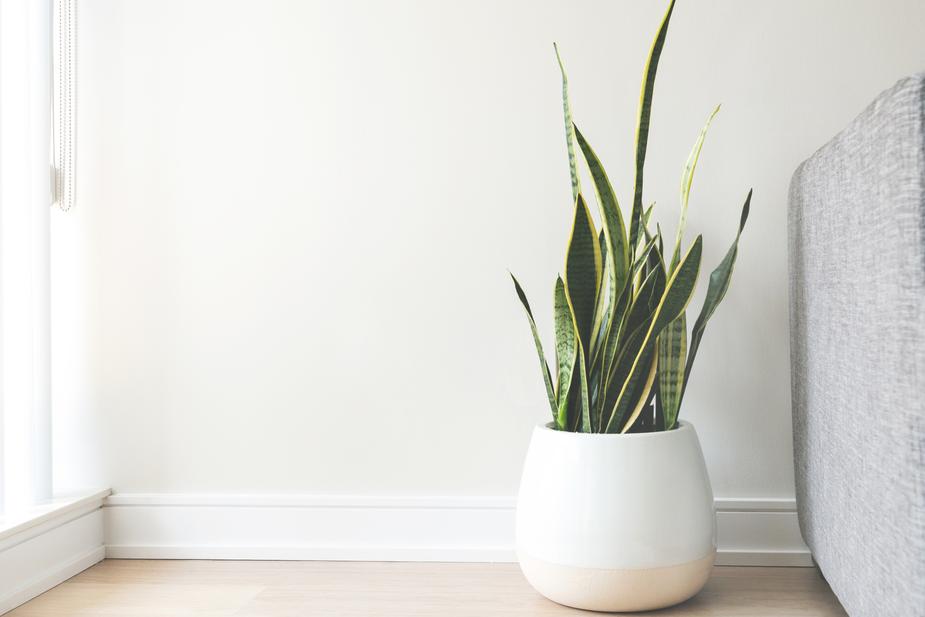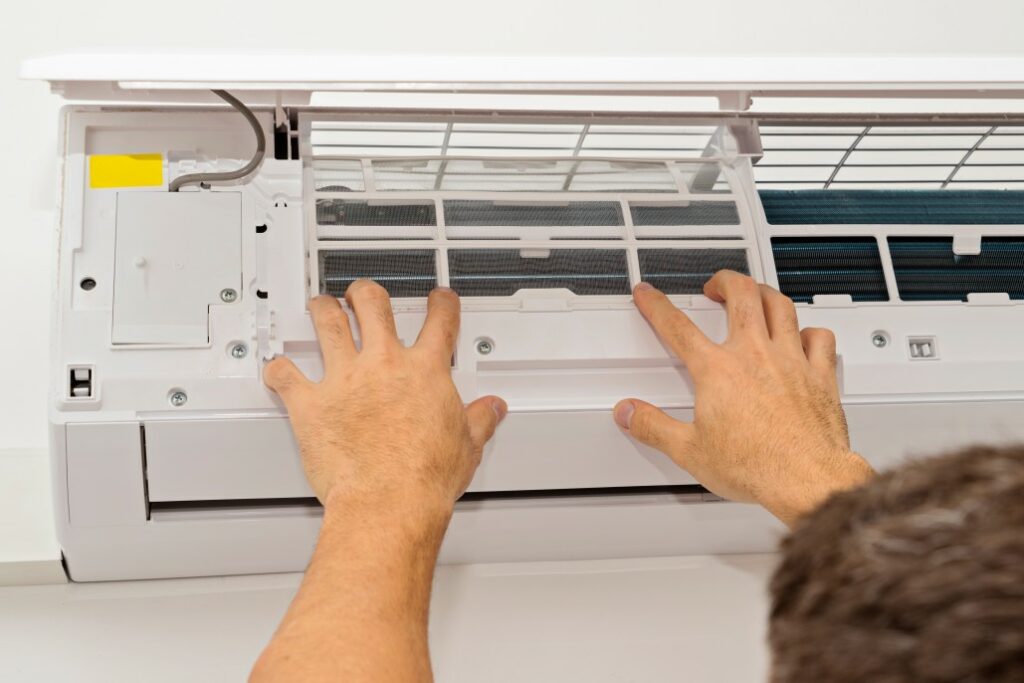What if improving air quality in your Springfield home could better your health and possibly even save your life?
We have adapted our lives to spending more time indoors than ever before. But while we’re try to avoid viruses and contaminants that may be transmitted around us, it’s important that we tackle our indoor home air quality as well.
Improving Air quality can certainly impact our health, and understanding and controlling common pollutants indoors can help reduce your risk of indoor health concerns.
“The average person takes 20,000 breaths per day and each one is an opportunity to put pollutants — called particulate matter — into your lungs and body and to increase health risks if you are exposed to air pollution. Chances are, the air in your home is making you sick, increasing your risk to be hospitalized from COVID, and causing your asthma and allergies,” says international mold expert, President of All American Restoration, and author of The Mold Medic, Michael Rubino.
“Indoor air pollution, or particle pollution, comes from sources including viruses, mold spores, pet dander, dust, bacteria and Volatile Organic Compounds. Love that new furniture smell? It’s a pollutant! The particles get into your body and line your lungs. Air pollution even makes the transfer of COVID easier because it allows it to travel more effectively on particles that it binds to, making the six feet rule irrelevant.”
But Rubino says you can breathe easier — and healthier — with these seven tips for reducing particulate matter indoors in your home.
Top Tips for Improving Air Quality in Your Home
Install a whole home purification system
Installing a whole-home purification system into your HVAC equipment can filter out particles even to the nanometer. Unlike portable air filters that can be used to purify air in a single room, whole-house air purifiers are connected directly to your home’s HVAC system or ductwork. Not only do they serve as a whole home filtration system, but they could also improve the condition of your HVAC system by preventing the buildup of contaminants.
Do regular housekeeping
It may not be fun, but it’s fundamental. Good indoor hygiene work, like dusting, sweeping, vacuuming and other household cleaning removes household dust, and household dust can contain many of these smaller particles along with it. Getting rid of dust is a fast way for improving air quality in your home.
Switch your vacuum to a certified HEPA vacuum
Designed according to strict HEPA standards, HEPA filters trap particles 75 times smaller than a human hair, including 99.97 percent of dust mites, pet dander, molds and pollen. Vaccums with these filters prevent small particles from passing through the filter and being recirculated back into the environment while you clean.
Look for cleaning products with surfactant
Disinfectant has been the watch word of the year. But using cleaning products that contain both surfactant and disinfectant will help to separate particles from surfaces while disinfecting at the same time. Cleaning helps with improving air quality inside your home.
Change your filters
The purpose of having a filter on mechanisms around your home is to reduce the amount of dust and other allergens that can be circulated throughout. Even if your home gets regularly cleaned, you can still find dust, pollen, pet dander, mold spores, and bacteria in the house.
Ensure you change your filters on all mechanical systems and clean all ductwork annually with someone who is certified by the national air duct cleaning association. This helps contain the amount of particles being constantly recirculated.
Decorate with plants
Indoor plants are not just decoration, they are also great air fresheners. Plants are nature’s natural air filters, so having a few — or a lot — of indoor plants can do wonders for improving air quality in your home, while enhancing your calming atmosphere. Small plants like ferns and lilies as well as larger palm trees are said to be the best options to pull contaminants out of the air.
Handle water damage expediently
Being proactive against water damage events ensures that bacteria and mold do not increase the particulate matter in your home. You’ll want to consistently monitor humidity levels, install leak detectors, and observe any waterproofing conditions in sub-grade environments. It becomes harder for you to handle improving air quality if you get mold.
In addition to being proactive, be reactive when you do have a water damage event, keeping in mind that bacteria can be present and mold can grow in as quickly as 24 hours. So to be safe and have a safe home, ensure the water-damaged area is mitigated properly.
These seven tips for improving air quality will help you keep the air in your home purer. You can breathe easy knowing that you’re doing what you can to make the air in your home clean and safe which keeps you healthier and safer, too.




Leave a Reply